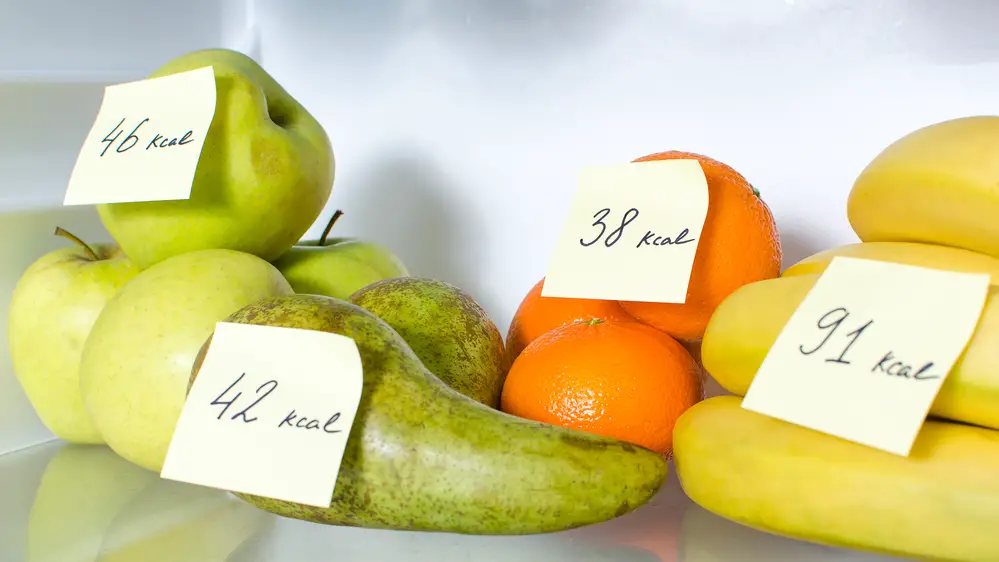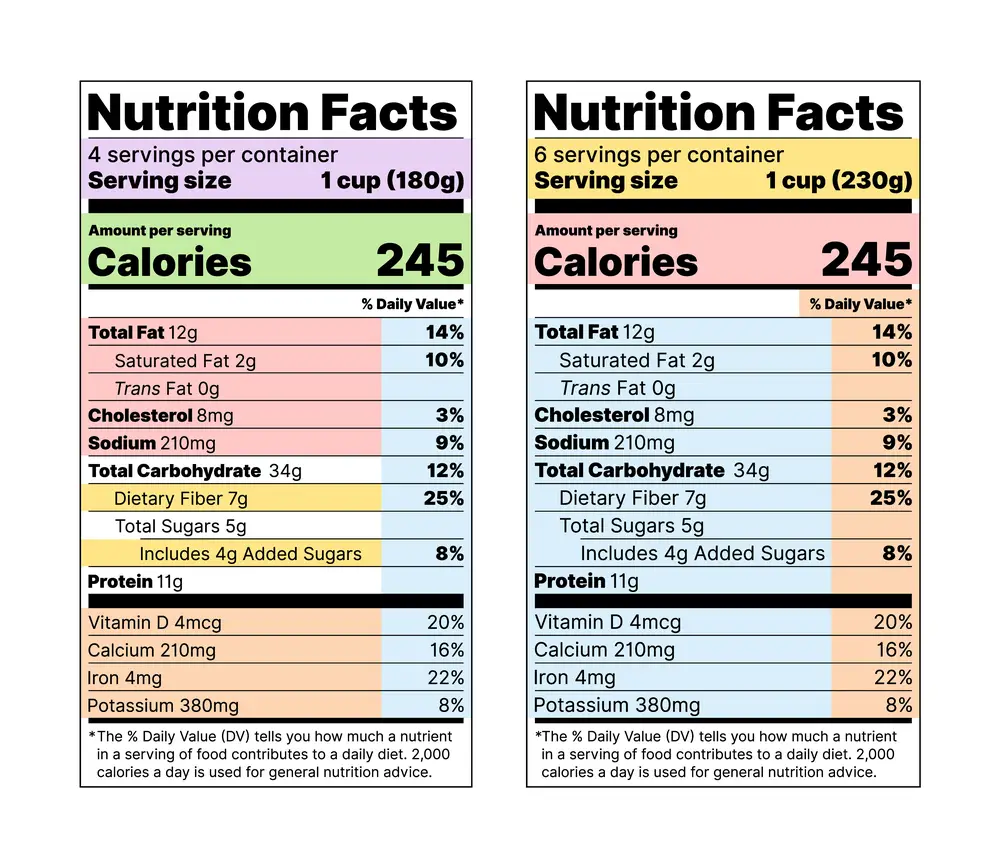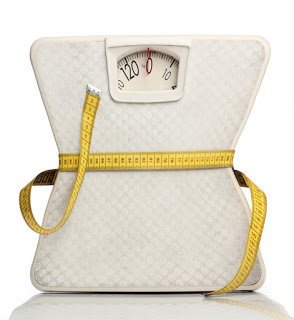
The poor, poor calorie, it gets a bad rap everywhere. They get ridiculed constantly, and everyone is trying to get rid of them. Maybe if they were better understood, things would be a little more cordial.
A calorie, in its purest sense, is a unit of measure and deals only with energy. It comes from the Latin word for heat, calor, but there are actually two different types of calories. The food calorie is the one we are all familiar with. It’s on those helpful nutrition labels and is the unit that those screaming trainers say we have to cut down on.
The basic calorie is where the food calorie stems from. Strictly speaking, a calorie is the amount of energy that is needed to raise one gram of water by one degree Celsius at a pressure of one atmosphere. A food calorie is actually 1000 calories, or 1 kilocalorie (kcal). It is the energy needed to raise 1 kilogram of water by 1 degree Celsius. The food calorie is written with a capital “C” to denote that these are Calories dealing with food, whereas in chemistry, you will see it written with a lowercase “c” to denote a calorie.
But we’re not in chemistry. We usually want to know about the Calorie (the food one). First of all, to better understand the Calorie, we have to know how a Calorie is even calculated on food packages. The original way it was done was rather simple (at least in theory). The food to be tested was placed in a sealed container with water surrounding the container. This device was known as a bomb calorimeter. The food was then burned until there was nothing left, and the rise in water temperature from the burned food was measured. This effectively gave the number of Calories in a set amount of food.

This method changed in 1990 when the Nutrition Labeling and Education Act was introduced. It required that certain information must be on food labels. That’s why today you see a breakdown of everything in the food on the label.
The Calories on food labels are calculated using the Atwater system. This is an estimation measurement that adds the calories of things that provide energy in food. They are carbohydrates, protein, fat, and alcohol. They each have an average value based on how they burn. Carbohydrates are 4 Calories per gram, protein is 4 Calories per gram, fat is 9 Calories per gram, and alcohol is 7 Calories per gram. For example, if you have a chocolate bunny left over from Easter that has 27 grams of carbs, 2 grams of protein, and 12 grams of fat, the Calorie value on the package after calculating should be 230 Calories after multiplying each components Calorie count.
Many times these calculations don’t add up to the amount found on a package, so it’s not a completely perfect method, but it does give a rather accurate approximation. One area where it often doesn’t add up is when the manufacturer takes out the Calories from fiber. Since fiber isn’t used for energy and passes through our bodies, it’s often taken out of Calorie counts even though it’s under total carbohydrates.
How do food manufacturers get the Calorie count for food labels? There are two ways it’s done, and it’s not as difficult as you might think. The first way, and the easiest, is by using a nutritional database. The ingredients of the food, and their measurements, are plugged into the database that already has a Calorie count for each specific ingredient and out pops a breakdown of the Calorie count based on those ingredients. The second way is by analysis from a food lab where the specific ingredients of the food are discovered, and a nutritional breakdown can be determined.
So that’s how Calories are calculated and where they come from, then how do you calculate how to burn them off? There are many computer programs that can do the activity calculations without you having to do the pesky math, and they are all based on a measure called a MET.
A MET, or Metabolic Equivalent, represents the energy used by the body at rest. MET values have been determined for a great number of activities through the testing of people doing the activity. By using a person’s body weight and the time they did the activity, a value can be found that indicates how many Calories the person has used.
For example, climbing stairs at a slow pace has a MET value of 4.0. This means it requires four times the energy to do this than at rest. If a person weighs 150 lbs, and they climb stairs for ten minutes, they would have burned around 48 Calories. A list of activities with their MET values can be found here.
So you know how Calories are calculated, where they came from, and how to burn them, now it’s up to you to get rid of them. But please, don’t blame the Calories, they’re just doing their job.
Calorie Fast (and Amazing) Facts
The largest animal on earth, the blue whale, can consume about 500,000 calories in a single mouthful of krill when feeding.
A 200 lb man will burn about 95 Calories just lying around watching T.V. for one hour.
A black bear will consume 10–20,000 Calories a day prior to hibernating. That’s around one million Calories it will eat before resting for the winter.
The Quadruple Bypass Burger from the Heart Attack Grill in Las Vegas is about 9,982 Calories. It has 4 beef patties, 8 slices of cheese, 20 strips of bacon, a whole tomato, half an onion, and a bun coated with lard. Angioplasty not included.
Unfortunately, there is no such thing as a “negative” calorie food. Celery has largely been held as an example in that eating a stalk of celery will burn more calories from the process of eating and digestion than the number of calories in it. Celery, however, is about 8 Calories, and the process of digesting it takes up about half a calorie. That isn’t to say that celery isn’t a good choice when you reach in the refrigerator.
It takes roughly 3,500 Calories to burn one pound of fat. To lose a pound a fat a week, you would need to cut 500 Calories from your diet per day or increase your activity level by 500 Calories per day. Sounds easier than it is, and like everything in dieting and exercise, it rarely works out this simply.
Sources: ACSM (1), Compu-Food Analysis, Scientific American, ACSM (2), UCLA, Mayo Clinic


